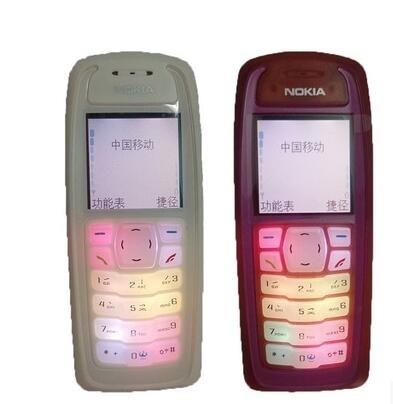

Launched by Nippon Telegraph and Telephone in 1979, 1G was first introduced to the citizens of Tokyo.

We’ll also look at the most popular cell phones used during the time. Roughly every ten years since 1979, each newer generation has changed how we communicate, further improving our way of life.ĭiving into the abyss of information, let’s take a look at the timeline from 1G to 5G, briefly looking at each generation to find out what it had to offer. The timeline from 1G to 5G couldn’t have happened without creating and enhancing each generation of telecommunications leading to what it is today.

And apparently, there’s an app for nearly everything now.The steam of social media posting continues.Surfing the internet with phones became common.Text messaging has come ( and almost gone).The timeline and history from 1G to 5G took just over 40 years since the introduction of wireless cellular technology. Not only did it feature a nifty spring-loaded mechanism for flipping open the flap to reveal the dial pad, but it was the first to feature a replaceable stubby antenna and the first to use a lithium polymer battery.Updated: JanuFrom 1G to 5G: The History of Cell Phones and their Cellular Generations It was the phone that many of them were using at the time for a number of reasons. Instead, it was positioned as a premium offering, which was reflected in its price over other models at the time.ĭespite lacking the broader mainstream appeal like some other members on this list, the Ericsson T28 struck a chord amongst business professionals.

This flip phone was actually the lightest and slimmest phone during its day, but strangely enough, it wasn’t necessarily the phone that everyone owned. However, the Ericsson T28 from 1999 went towards a different direction with its compact design. Back then, they were as straightforward as they come with their hulky sizes and monotone colors. Phones weren't attempting to look stylish with their designs back in the 1990s. Some people were even willing to migrate to Sprint because of this phone, which goes to show the appeal of being the first on the block to offer a totally new feature!įinding its success among business professionals, the Ericsson T28 featured a nifty spring-loaded mechanism. Sprint customers undoubtedly had something precious at their disposal, so early adopters were certainly relishing the fact that the Sanyo SCP-5300 added something new into the mix that wasn’t seen before. Sure, the phone itself was rather chunky in size for a flip phone, but to its credit, people didn’t mind because it had the ability to snap photos. No longer did they have to carry another gadget around for the purpose of taking photos, since it was now an option with the SCP-5300. For those in the US, the Sanyo SCP-5300 for Sprint was credited for being the first commercial phone to pack a camera, which is probably why it appealed to a lot of people. It’s amazing how flip phones were some of the first phones to feature built-in cameras, providing users with another useful tool. Sprint customers were one the first to experience having a camera in a phone with the Sanyo SCP-5300 back in 2002.


 0 kommentar(er)
0 kommentar(er)
